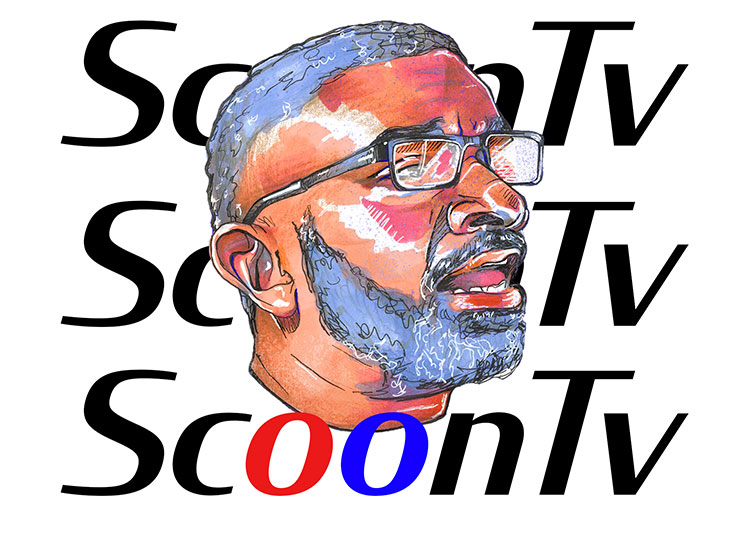By John C. Baldwin
On Sunday nights, I review the week ahead and map out a weekly game plan. By week’s end, the goal is to accomplish a certain number of tasks. My recurring goals include speaking to accident victims, finding a new contact at a VC firm to begin establishing a rapport, and attempting to find more customers.
This week was pretty flexible. There were no series of meetings this week, so I could work on my pitch deck and practice the pitch. I had everything on schedule and planned to get so much accomplished; and I did.
However, as anyone that has started a business will tell you, everyday feels like a rollercoaster. By the end of Monday, I scheduled a call with an investor interested in what we are doing and then I had a meeting with Keith about deploying our latest iteration. The next morning, I received an email that threw an unexpected but welcomed surprise in my inbox.
I received an email from one of the managing directors at TechStars. We applied to TechStars for one of their accelerators in October. It’s a premier accelerator that has helped thousands of startups achieve more than $18 billion in funding. Only 1% of applicants are accepted. Consider it the Harvard Business School of accelerators.
They are running an accelerator focusing on smart cities and are interested in FENDR and the progress we have made since applying a few months ago. Great news! The bad news was that we had little more than a day to complete an application and put FENDR in the ring.
I had mixed emotions while reading the email. The 1% acceptance rate was the main reason I did not want to apply, but then the personalization of the email grabbed my attention. I reached out to see if other founders that applied to the October cohort received a similar email. They did not.
My friend Elvin, who is also a founder, put it in perspective. Elvin is a guy that knows a lot of people. He went through his list of founders that applied to the same program and none of them received the email. He pushed me to apply.
Taking the sample of the previous applicants, he figured my chances are up a little more than 5%. He sold me. I reached out to Keith and said, “We’ve got to do this!” We took the questions, split them, and blocked off five hours of our day to compare our responses and ensure the narrative was clear and that we were ready.
When completing any application for an accelerator, it’s important to avoid missteps. Not simply sentence structure and misspellings but being clear and concise.
Programs like Y-Combinator, Antler, TechStars, etc., receive thousands of applications. They, like VCs, do not have a lot of time to spend on each application. Rumor has it they spend minutes looking at traction, premise, and team. You have maybe 10 sentences to impress them.
When applying to various programs you learn quickly to get to the point. I reviewed our first application; it was filled with too many filler words. It reminded me of being in college and having a 500-word essay. You add filler words to reach the word requirement.
The first question asked was, “Please describe your company and the problem you’re solving in 280 characters.” I am not kidding, Keith and I spent forty minutes revising our response. The question that left me floored was “What has changed since you last applied.”
From customer acquisition to our go-to market strategy and our revenue model, the response flowed on the paper. Reviewing the response, we were shocked and humbled by how far we’ve come.
It’s natural for founders to get overwhelmed and simply strike things off their to-do list. The response truly gave us a second to stop and appreciate that we could see our trajectory from the previous application submission to now. We have customers, not as many as we would like, but they paid us, and we have validated a proof of concept. After reviewing the application three times, I hit submit. Now, we wait.
This entire process is a marathon, not a sprint. Keep throwing your hat into every ring until someone gives you a shot. Do I truly believe FENDR will be accepted into TechStars? There are so many variables that come into play when applying to these programs, but you know what? Who cares!?
The takeaway is that I’m becoming better at pitching the product and working that elevator pitch. What used to take 3 – 4 sentences to drive home the point of what we are doing can be done in one.
These things happen because of the time and practice I have placed into speaking to potential customers, learning about the industry, and applying– not only to accelerators, but applying myself to getting better. My fellow entrepreneurs, keep shooting your shot. Eventually, you will score!
Subscribe to get early access to podcasts, events, and more!






